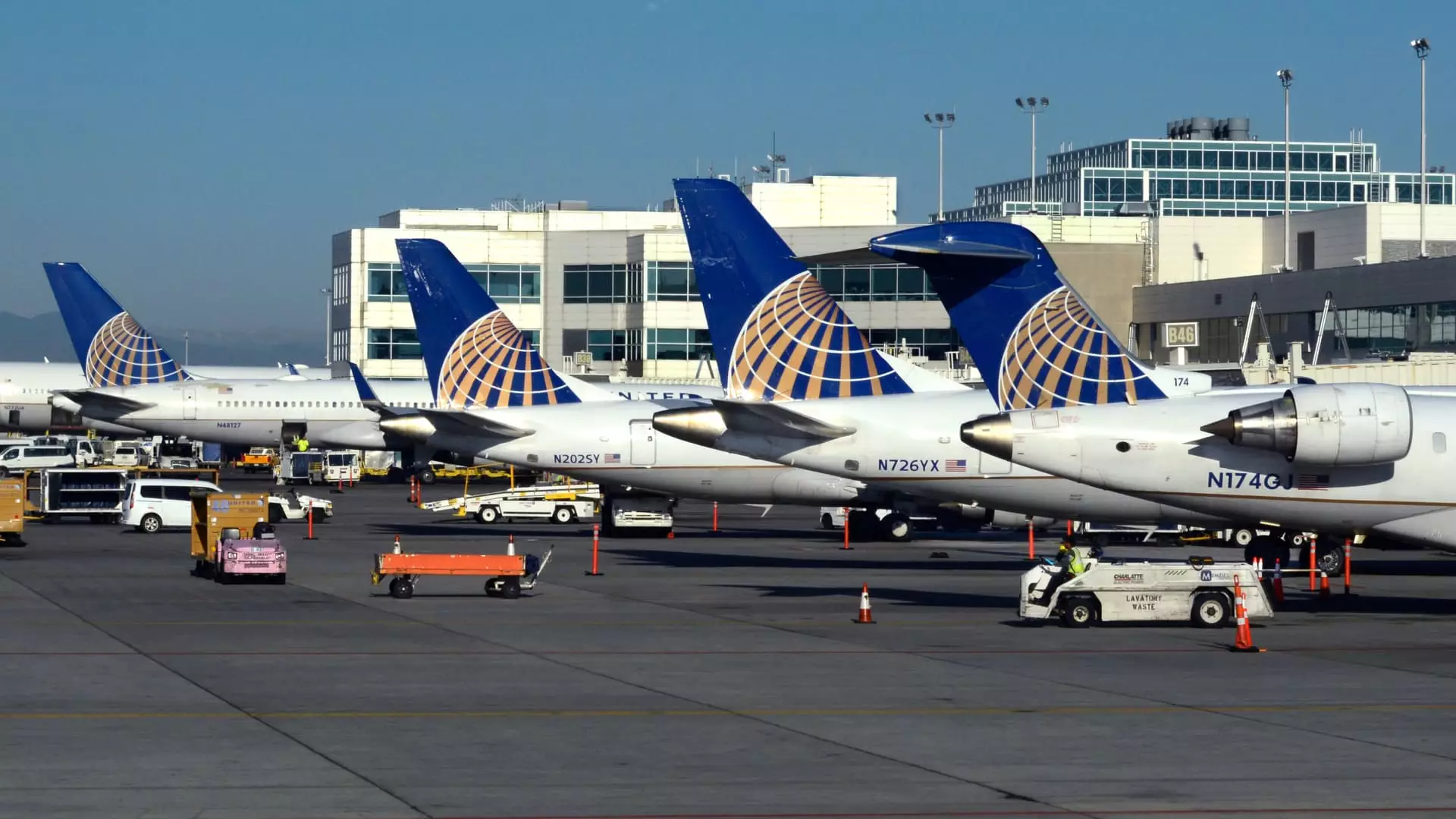United Airlines has recently decided to hike fees for its airport lounge membership as well as its co-branded credit cards, a move that reveals a startling shift in consumer behavior and airline strategy. This adjustment raises questions about how much travelers are willing to tolerate when it comes to mounting costs associated with what once were seen as basic travel perks. While they frame these changes as enhancements to customer experience, the reality hints at a deeper trend: the ever-increasing financial strain on average consumers who simply wish for a more comfortable experience during travel.
Slick Marketing vs. Actual Value
Richard Nunn, the head of United’s MileagePlus program, emphasizes that the benefits offered, such as rideshare credits and award flight discounts, considerably outweigh the price increases. But is this really the case? The marketing narrative cleverly glosses over the fact that the expansion of perks often comes at the expense of transparency and genuine value for the consumer. Passengers are increasingly finding that the perks, although plentiful on paper, fall short when compared to their actual utility and the growing fees attached.
Pushing Limits in Loyalty Programs
The loyalty game among airlines has escalated dramatically. United wasn’t working in a vacuum here; its competitors like Delta and American Airlines have also pushed the boundaries of loyalty programs by increasing fees across the board—from checked luggage costs to the premium priced entry into airport lounges. This tactic inevitably leads to confusion and frustration among travelers who may previously have chosen airlines based on loyalty programs that seem increasingly disconnected from customer service. A surge in premium credit card holders naturally leads to crowded lounges and a dilution of the alleged benefits, placing United in an unnerving position where customer dissatisfaction could easily manifest.
Revenue over Relationships
For United Airlines, loyalty revenue is pivotal, generating $3.49 billion last year alone, primarily driven by co-branded card expenditure and membership fees. This dependency on ancillary revenue indicates an alarming trend: airlines appear to be prioritizing profits over meaningful relationships with their travelers. By continually monetizing every amenity and experience, United and its peers risk alienating the very customers they depend on. It raises the question: at what point do we draw the line between decent customer experience and corporate greed?
The Casualty of Crowding
With an increase of around 17 million MileagePlus members over the last couple of years, United seems to be banking on sheer numbers. But this growth comes with an inevitable byproduct: overcrowded lounges that diminish the exclusivity long associated with premium memberships. When luxury becomes commonplace, it loses its allure. Will the new benefits truly make up for these crowded experiences, or are they just clever distractions designed to quell customer dissent?
The stakes are higher than just inconvenience. They represent a profound disregard for the consumer experience in favor of line-item profit margins. As travelers weighing their options look to budget more than ever, United Airlines, with its latest financial strategies, may be sowing the seeds of discontent among its loyal flyership. It’s high time not just to reconsider costs but also to advocate for a more balanced approach to passenger benefits that resonate meaningfully with real experiences.


Leave a Reply